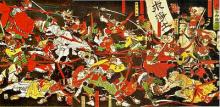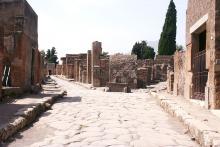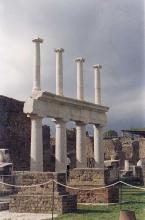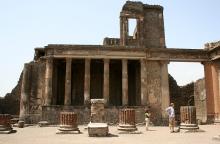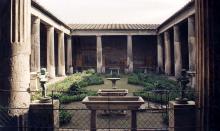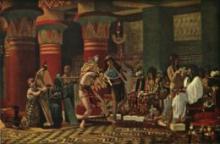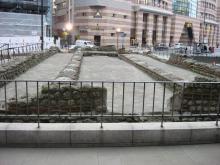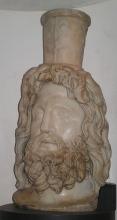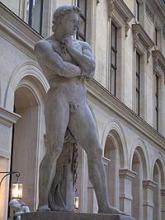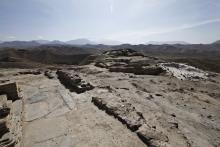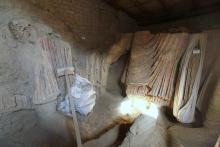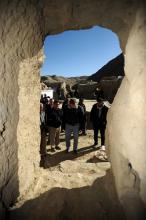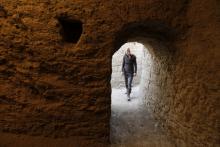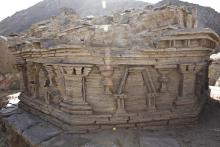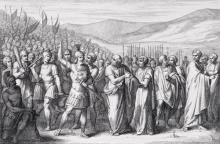The Single-Minded League
When we think of medieval Japan, we usually think about the samurai. Most of us don't think about the “ikki” or peasant leagues, because most of us have never heard of them, but the historical truth is that the peasant armies of the “ikki” thrashed samurai forces on many occasions, and even drove them completely out of one province before their eventual defeat.
So, what were the “ikki”? Initially, they were fiercely egalitarian peasant revolutionary movements based on two principles- the Jodo Shinshu sect of Buddhism, and hatred of the feudal system. “Ikki” movements banded together (usually with the help of substantial numbers of disaffected “country samurai” who lived lives very close to those of the peasants) and tried to drive the warring samurai overlords away.
Most of the ikki leagues were just localized peasant rebellions, but the Ikko-Ikki or “single-minded league” was able to drive out its feudal lord and claim an entire province for itself, before building a massive fortified cathedral- unfortunately losing a lot of the egalitarianism in the process.
Soldiers of the Ikko-Ikki considered themselves to be warrior priests, and they advanced into battle bearing flags with the slogans of militant Buddhism. The particular brand of Buddhism taught by the Ikko-Ikki was intolerant, fundamentalist and violent, so even though the league had liberated the peasants from samurai rule they were still widely hated.
When the warlord Oda Nobunaga turned his attentions on their cathedral city, it took him a long time to defeat the peasants, but he eventually did. Every remnant of the peasant rebellion was systematically annihilated.
